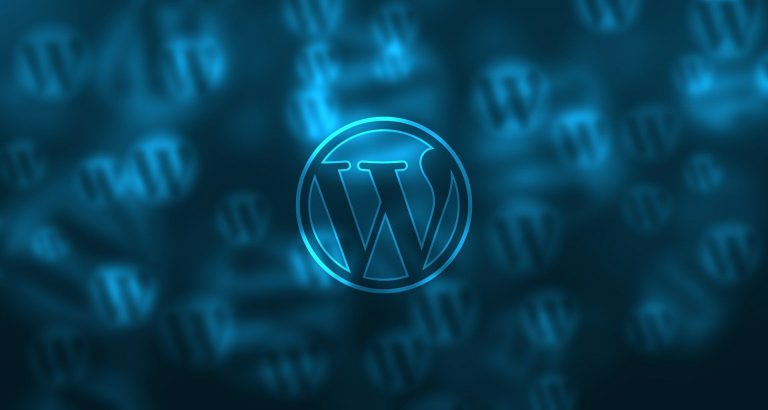Starting a WordPress website can feel exciting—and overwhelming. With thousands of themes, plugins, and settings to choose from, it’s easy to make choices that slow down your site, hurt your SEO, or even break things.
In this post, we’ll look at 10 common mistakes beginners often make—and how you can avoid them with simple, smart fixes.
1. Using the Default “Admin” Username
Many beginners don’t change the default “admin” username during installation. Unfortunately, this makes your site an easy target for hackers who try to brute-force their way in.
How to fix it:
Create a new user with administrator privileges and a unique username, then delete the original “admin” account. Make sure your new username isn’t something obvious like “yourname123”.
2. Not Changing the Permalink Structure
WordPress by default sets URLs to use ?p=123, which is bad for SEO and readability. Beginners often skip this setting and only notice later when their posts start ranking poorly.
How to fix it:
Go to Settings > Permalinks, and change it to “Post name”. This gives you clean, SEO-friendly URLs like /how-to-start-blog/.
3. Using Too Many Plugins
Plugins are powerful, but installing too many—especially low-quality ones—can slow down your site, cause conflicts, or create security vulnerabilities.
How to fix it:
Stick to essential, well-maintained plugins with good reviews. Regularly audit your plugins and remove those you’re not using.
4. Ignoring Website Backups
Many beginners assume their hosting company handles backups or simply forget to set one up until it’s too late—like after a site crash or hack.
How to fix it:
Use a plugin like UpdraftPlus or BlogVault to schedule automatic backups. Store them safely in the cloud (Google Drive, Dropbox, etc.).
5. Not Optimizing Images Before Uploading
Large, uncompressed images can significantly slow down your website, especially on mobile devices. Beginners often upload full-resolution photos straight from their phone or camera.
How to fix it:
Resize and compress images using tools like TinyPNG or ImageOptim before uploading. Or use plugins like ShortPixel or Smush for automatic optimization.
6. Forgetting to Install a Caching Plugin
Without caching, your WordPress site loads all elements from scratch each time someone visits, which slows down performance—especially under heavy traffic.
How to fix it:
Install a caching plugin like WP Rocket, W3 Total Cache, or LiteSpeed Cache. These reduce load times by storing static versions of your pages.
7. Using a Bloated or Poorly Coded Theme
Some free or poorly designed themes are bloated with unnecessary scripts, slow-loading, or even contain security holes.
How to fix it:
Choose well-coded themes from trusted sources like the official WordPress theme repository or developers like Kadence, GeneratePress, or Astra.
8. Not Securing the Site with HTTPS
Launching a site without HTTPS means data isn’t encrypted, and your visitors might get browser warnings that your site is unsafe.
How to fix it:
Use an SSL certificate (usually free from your host via Let’s Encrypt). Then install a plugin like Really Simple SSL to handle redirection.
9. Ignoring Mobile Responsiveness
With mobile traffic often higher than desktop, a site that doesn’t look good on smartphones is a deal-breaker. Many beginners design only for large screens.
How to fix it:
Use a mobile-responsive theme and test your site using Chrome DevTools or tools like Google’s Mobile-Friendly Test. Avoid elements that don’t scale well on small screens.
10. Neglecting SEO Basics
Without basic SEO, your site might never reach your intended audience. Many beginners assume just publishing content is enough to get noticed.
How to fix it:
Install an SEO plugin like Rank Math or Yoast SEO. Set focus keywords, write compelling meta descriptions, and use proper heading structure.
Final Thoughts
Mistakes are a part of learning, and the good news is—they’re all fixable. By staying mindful of these common pitfalls, you’ll be ahead of many beginners and on your way to building a successful, secure, and high-performing WordPress site. Want to keep improving your skills? Stay tuned to wpstarter.website for more tips and tutorials made just for beginners.
